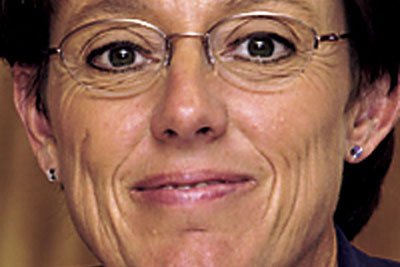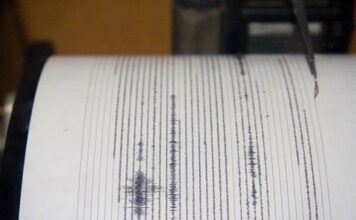The schools superintendent could be evaluated three times a year
according to her ability to accomplish board goals, trustees
said.
Gilroy – The schools superintendent could be evaluated three times a year according to her ability to accomplish board goals, trustees said.
The Gilroy Unified School District board of trustees reacted positively to plans for an annual superintendent evaluation cycle that aligns board priorities with Superintendent Deborah Flores’ performance rating. The cycle, which would begin in September when the board established priorities, would create more specific goals that would be easier to rate and better ensure district progress, said plan creator and board president Tom Bundros.
“Past boards spent a lot of time with (the superintendent evaluation) but felt that it missed the mark,” he said.
The evaluation form the board used with former-superintendent Edwin Diaz relied on two to three performance indicators to judge whether the superintendent satisfied 30 board goals. Trustees rated the superintendent’s achievement of these indicators on a five-point scale. However, the performance indicators were broad, not relying on specific accomplishments but larger behavioral trends, according to district documents.
“At the end of the day, there was the feeling that we didn’t get to the meat,” Bundros said.
The meat of the new evaluation would be board goals with measurable objectives and a timeline to complete them, he said. The goals, measures and timeline would be created each September by the board with the help of the superintendent.
The superintendent would then be evaluated in December, March and June, Bundros said. The first two evaluations would be primarily verbal feedback on whether the superintendent was on track to complete board goals on time. The third evaluation would rate the superintendent on a scale to be determined and be more numerical, he said.
“This actually takes (out) a lot of the subjectivity,” Bundros said. “It becomes more of a math exercise.”
The board would also sit down with the superintendent in July and August after school was finished to discuss the year’s successes and failures as well as lessons learned. This feedback could be incorporated into the next set of board goals.
Trustee Pat Midtgaard said the evaluation should incorporate the list of desired superintendent characteristics the board formulated during the spring superintendent process. Doing so would include input from the community, which contributed to create the lists, into the evaluation process, she said. Similarly, trustee Francisco Dominguez suggested adding a narrative page that assessed the superintendent’s relationship with the community and board.
Trustees were lukewarm on the ideas, saying the aims of these ideas were already incorporated into the board goals. Listing these ideas separately would detract from the concise measurability of the board criteria, Bundros said.
If used this year, the evaluation cycle could be modified because of a late start and the greenness of Flores, who started in July and needed time to learn the district’s basics, trustees said. Trustees are in the process of finalizing goals, measures and timelines and expect to have them done by the end of October. The evaluation cycle could come back for approval at the next board meeting Oct. 18.













